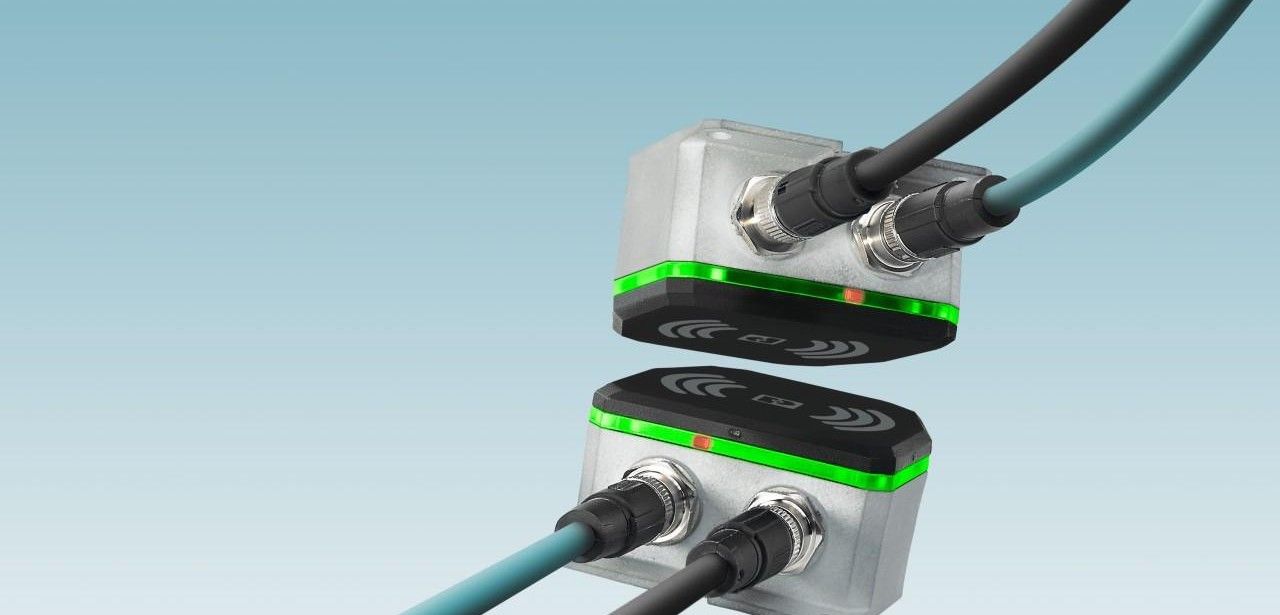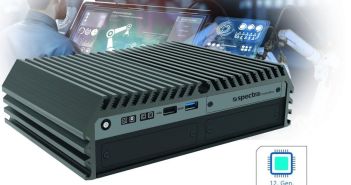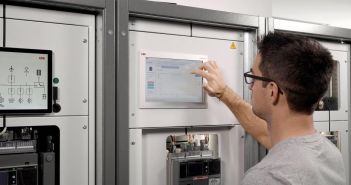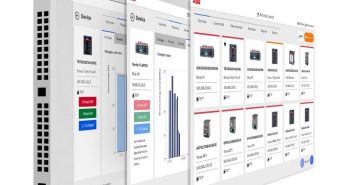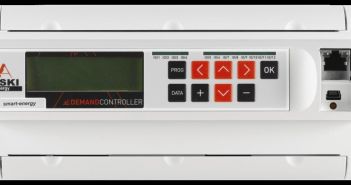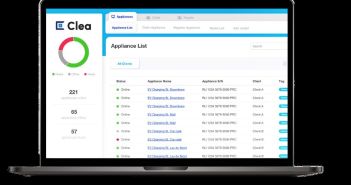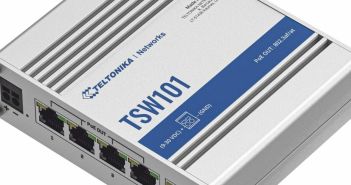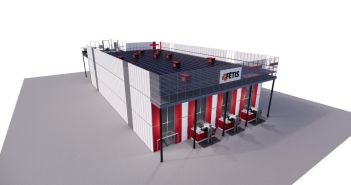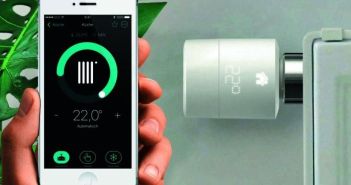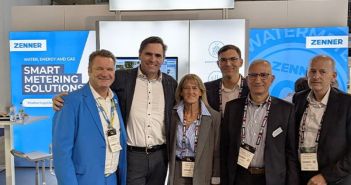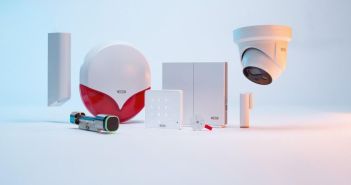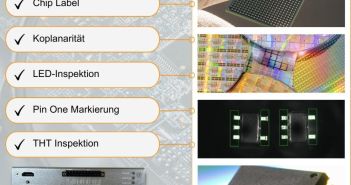Phoenix Contact introduces new variants of NearFi couplers that double the range in wireless data transmission. These couplers also offer double the power with automatic current compensation or the ability to transmit two galvanically isolated voltages. The improved radio boards enable communication up to a distance of 100mm.
NearFi Couplers with Dual Connections Enable Increased Power Output
By parallel connecting two NearFi coupler paths, it is possible to achieve either double the power or the transmission of two galvanically isolated voltages. The devices also come with new standardized M12 connectors with Duo contour for flexible field wiring. This allows for increased versatility and ease of installation in industrial applications. With this innovative feature, users can optimize the performance and functionality of their systems, ensuring reliable and efficient data transmission. The M12 connectors enable easy integration into existing setups, simplifying the overall wiring process.
NearFi is a contactless real-time transmission technology that allows for the transfer of energy and data across an air gap. It offers a flexible solution for all Ethernet protocols up to 100 Mbit/s. By utilizing NearFi, wear-prone connectors or slip rings in industrial applications can be easily replaced, resulting in minimized downtime costs. The NearFi couplers are easy to install and ensure successful data exchange through a visible LED ring.
In the factory of the future, physical connections in movable applications are no longer necessary. This eliminates production downtime caused by bent or worn contacts. Robots can quickly and efficiently change tools, and driverless transport systems can receive their driving orders without physical connections.
The new NearFi couplers from Phoenix Contact provide an enhanced range and performance in wireless data transmission. They enable a flexible and reliable transfer of energy and data without the need for physical connections. This contributes to minimizing downtime costs in industrial applications and allows for efficient utilization of robots and driverless transportation systems.


